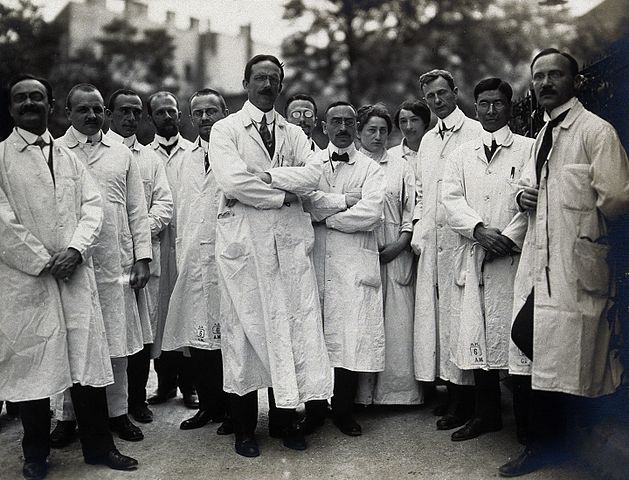Sarah Kliff did some fine reporting on, ‘The Lessons of Washington State’s Watered Down ‘Public Option’’ for the New York Times last month,
For those who dream of universal health care, Washington State looks like a pioneer. As Gov. Jay Inslee pointed out in the first Democratic presidential debate on Wednesday, his state has created the country’s first “public option” — a government-run health plan that would compete with private insurance.
Ten years ago, the idea of a public option was so contentious that Obamacare became law only after the concept was discarded. Now it’s gaining support again, particularly among Democratic candidates like Joe Biden who see it as a more moderate alternative to a Bernie Sanders-style “Medicare for all.”
New Mexico and Colorado are exploring whether they can move faster than Congress and also introduce state-level, public health coverage open to all residents.
The plan that was eventually passed was considerably less aggressive than first envisioned. Fees for the public option plan will be up to 160 percent of Medicare rates, and the administration of the plan will be contracted out to private insurers.
So what Washington State wound up with was a privately run State health insurance plan which charges 160 percent of Medicare rates in addition to a number of private plans that currently charge an average of 174 percent of Medicare rates,
So while Washington is on track to have a public option soon, it may not deliver the steep premium cuts that supporters want. The state estimates that individual market premiums will fall 5 percent to 10 percent when the new public plan begins.
The reason for this is that public policy itself must function within economic constraints,
Doctors and hospitals in Washington lobbied against the rate regulation, arguing that they rely on private insurers’ higher payment rates to keep their doors open while still accepting patients from Medicaid, the public plan that covers lower-income Americans and generally pays lower rates.
Stanley Schwartz recently recalled Henry Hazlitt’s famous lesson to tease out the implications of the US-China trade war and we would do well to recall it again in the context of Washington State’s privately administered ‘public option’:
The art of economics consists in looking not merely at the immediate but at the longer effects of any act or policy; it consists in tracing the consequences of that policy not merely for one group but for all groups.
Private insurers’ higher rates currently allow doctors and hospitals to accept Medicaid patients at below market rates. The new public option will, operating below market rates, push the rates of private insurers higher still. Due to increased premiums more patients will shift from private plans to the privately administered public option further driving up the rates of private insurers until insurers themselves leave the market.
Hospitals and doctors will then either successfully lobby to increase the rates they may charge to patients on the public option, reduce their number of Medicaid patients, or simply offer fewer medical services. Most likely a mix of all of these potential solutions to the underlying economic problem will be employed by doctors and hospitals.
Even a watered down public option like Washington State’s looks like a recipe for less choice, increased medical costs, and reduced access to medical services. It will also serve as an invitation to the worst forms of influence peddling, rent seeking, and crony-capitalism.
Photo Credit: University Children’s Hospital, Vienna: doctors. Photograph, 1921. Credit: Wellcome Collection. CC BY

